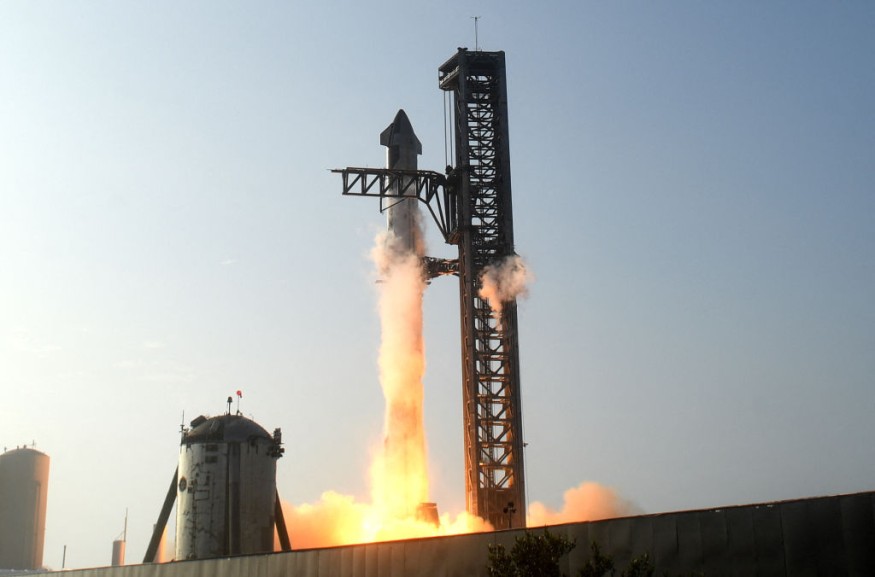
Elon Musk recently shared that SpaceX has overcome the logistic barriers that stand in the way of the Starship's second flight test.
SpaceX Finishes Corrective Actions For 2nd Starship Flight
The US FAA (Federal Aviation Administration) performed investigations on Starship's first flight on April 20. The investigation just wrapped up last September 8 and pinpointed 63 points for corrective action that the agency needs to undergo to prevent the recurrence of the mishap.
As the FAA is the body behind the license, SpaceX needed to comply with these recommendations for the agency to gain approval for the 2nd Starship flight.
Elon Musk, the famous CEO behind SpaceX, Tesla, and X, posted in X (formerly Twitter) that he congratulates the agency for finishing and documenting the 57 corrective actions that the FAA required for the 2nd Starship flight. Musk adds that the remaining six items of the 63-action checklist pertain to later flights.
Congrats to SpaceX for completing & documented the 57 items required by the FAA for Flight 2 of Starship!
— Elon Musk (@elonmusk) September 10, 2023
Worth noting that 6 of the 63 items refer to later flights. pic.twitter.com/YlPg3ywCZE
Just a day before this, Musk posted a snap of the next Starship vehicle over the orbital launch mount.
Starship Flight 2 pic.twitter.com/ZfJ9ERl5ET
— Elon Musk (@elonmusk) September 9, 2023
The official date for the 2nd Starship flight has not yet been publicly announced. However, according to Musk, Flight 2 can takeoff as soon as a launch license is awarded by the FAA.
According to Musk, the aims of Flight 2 will be largely similar to Flight 1. The agency aims to get the upper stage part way around the planet. Its target splash landing will be near Hawaii in the Pacific Ocean.
SpaceX Starship
The Starship spacecraft and Super Heavy rocket, which is largely called Starship, exhibits a completely reusable system of transportation that is designed to transport cargo and crew to Earth Orbit, Mars, the Moon, and even beyond.
This special 120-meter-high spacecraft will be the most powerful launch vehicle that the world has ever seen to date. It will be capable of hosting 150 metric tonnes that are fully reusable and 250 metric tonnes that are expandable.
The vehicle will also be able to host as many as 100 people for prolonged interplanetary flights. It will also aid with the lunar base development, satellite development, and point-to-point transportation within the Earth.
The first flight, which took place last April 20, did not last long as the spacecraft experienced various issues shortly after the liftoff took place. These issues include the failed planned separation of its two stages. As such, the agency engaged in the self-destruct system of the Starship, which led to its ultimate destruction above the Gulf of Mexico.
Check out more news and information on Space in Science Times.
© 2025 ScienceTimes.com All rights reserved. Do not reproduce without permission. The window to the world of Science Times.











